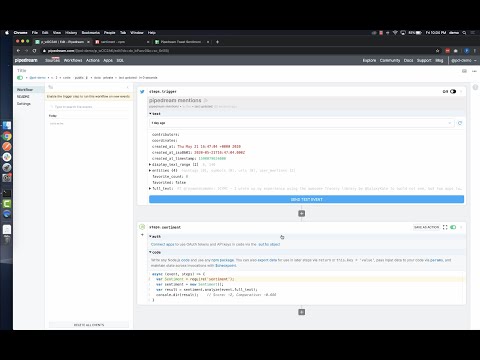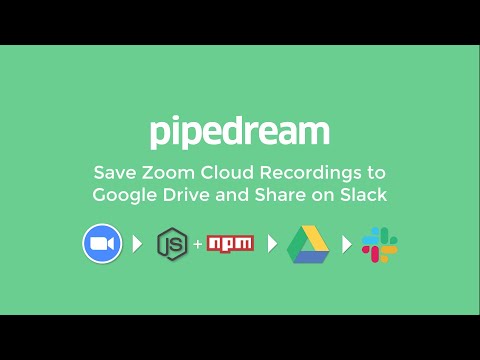What do you want to automate
with Google Sheets and Webflow?
Prompt, edit and deploy AI agents that connect to Google Sheets, Webflow and 3,000+ other apps in seconds.
Trusted by 1,000,000+ developers from startups to Fortune 500 companies
Popular Ways to Connect Google Sheets with Webflow#
Popular Google Sheets and Webflow Triggers#
Emit new event when a form is submitted. See the documentation
Emit new event when a collection item is created. See the documentation
Emit new event when a collection item is deleted. See the documentation
Emit new event when a collection item is changed. See the documentation
Emit new event when an e-commerce inventory level changes. See the documentation
Popular Google Sheets and Webflow Actions#
Add a single row of data to Google Sheets. See the documentation
Add multiple rows of data to a Google Sheet. See the documentation
Get all values or values from a range of cells using A1 notation. See the documentation
Create conditional formatting with color scales or custom formulas. See the documentation
Add edit protection to cell range with permissions. See the documentation
Overview of Google Sheets#
The Google Sheets API allows for the creation, reading, updating, and deletion of data within Google Sheets, enabling a robust platform for spreadsheet management and data manipulation. Through Pipedream, you can craft serverless workflows that respond to various triggers, such as webhook events, emails, or scheduled times, to interact with Google Sheets. This synergy can automate reporting, synchronize data across applications, manage inventory, track leads in a CRM, or even conduct survey analysis by updating and retrieving sheet data on the fly.
Connect Google Sheets#
import { axios } from "@pipedream/platform"
export default defineComponent({
props: {
google_sheets: {
type: "app",
app: "google_sheets",
}
},
async run({steps, $}) {
return await axios($, {
url: `https://www.googleapis.com/oauth2/v1/userinfo`,
headers: {
Authorization: `Bearer ${this.google_sheets.$auth.oauth_access_token}`,
},
})
},
})
Overview of Webflow#
The Webflow API empowers developers to programmatically interact with their Webflow site, enabling automation, data synchronization, and complex integrations with other apps and services. With Pipedream's serverless platform, you can harness this API to craft custom workflows that react to events, manage content dynamically, or extend the capabilities of your Webflow projects by linking them with a vast array of other applications.
You can connect your Webflow account in a few different ways:
- Directly within the workflow builder, from a trigger or an action step. Search for the Webflow app, and connect your account.
- From the Pipedream Accounts page: Go to Accounts > Connect an app > Search for "Webflow".
- Run the example Node JS code below by clicking "Connect Webflow and run", and choose a project and create an example workflow to interact with the Webflow API.
Connect Webflow#
import { axios } from "@pipedream/platform"
export default defineComponent({
props: {
webflow: {
type: "app",
app: "webflow",
}
},
async run({steps, $}) {
return await axios($, {
url: `https://api.webflow.com/v2/token/authorized_by`,
headers: {
Authorization: `Bearer ${this.webflow.$auth.oauth_access_token}`,
"accept-version": `1.0.0`,
},
})
},
})
Related Videos#



Community Posts#


